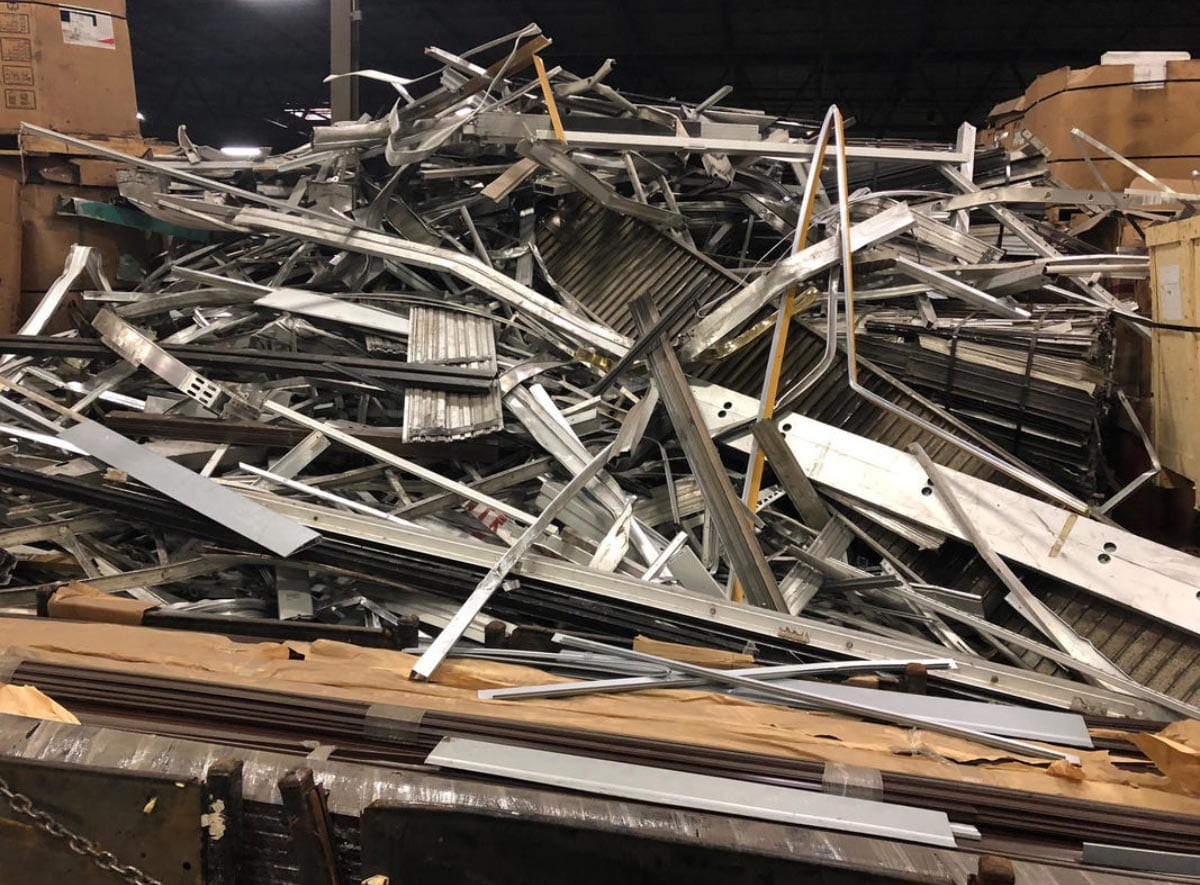Construction and demolition recycling can benefit the environment in many ways. For one, there are many facilities for specific scrap materials that come off of the job site and demolition projects. For example, concrete can be recycled at a concrete recycler, metals can be recycled at a scrap metal recycler, and wood can be composted. Before getting building permits, you should construction waste management plan that outlines facilities that will recycle at least 50% of your construction waste.
Amount of waste generated from construction
The amount of waste generated from construction and demolition (C&D) projects is significant. More than thirty percent of the total waste stream is C&D waste, which has a variety of environmental, health, and social impacts. In addition to damaging the environment, construction waste can pose health risks and pollute the air and water.
Although different construction sites and types generate different amounts of waste, there are some common components. Common C&D materials include soil, sediment, asphalt shingles, concrete, and concrete debris. Other waste types include all types of packaging materials and scrap metal. The waste generated from these processes is mainly generated in North America, Asia Pacific, and Europe. Recycling is a crucial step for curbing waste. There are several types of recycling processes available for C&D debris.
In construction and demolition, different demolition materials are discarded during various activities. These materials can include inert and hazardous materials. The demolition of buildings may also contain materials that can be used in future construction projects and help with waste reduction. The EPA estimates that approximately 600 million tons of C&D waste were generated in the United States in 2018. Ninety percent of this waste is produced by demolition, with the remainder coming from construction materials.
Types of construction and demolition projects
There are several types of construction and demolition projects. These projects vary in scope and size, but they have several common elements. They both involve the removal of an existing structure, including utility systems and electrical lines to prepare for a new building. These projects also require permits and proper demolition debris removal. When possible, the demolition should be done by a licensed contractor.
Construction and demolition projects create a large amount of waste. This could include scrap lumber, gypsum wallboard, cinder block, asphalt paving as well as many other types of old materials. Many of these materials can be recycled, but others cannot. Many materials resulting from demolition projects can be hazardous to human health and the environment. Asbestos-containing materials and other toxins may be found in construction debris. Because of their toxicity, proper disposal of this hazardous waste material is vital to protecting public health and minimizing water pollution.
Construction project can also generate green waste. Green waste pertains to the biological waste such as trees, bushes, and grass. In additional to building materials, demolition companies will often have to clear land of soil and landscaping. This generates organic waste that can be composted to reduce carbon footprints.
Deconstruction and recycling projects are becoming more common, and there are several different ways to go green. Some companies will recycle reusable materials and save money on landfill costs. However, this option is still limited to a small percentage of demolition projects. This method of recycling requires more labor and time, but it can significantly reduce construction and demolition waste. Construction and demolition waste management varies widely depending on the type of project, the size of the project, the materials involved, and the goals of the project. Some projects may be as simple as removing the interior of a building, while others may require the complete demolition of a building.
Benefits of recycling scrap metals from demolition
The benefits of recycling scrap metals from construction and demolition projects are many. This practice keeps the cost of a project down and is also good for the environment. Recycled metals are just as strong, durable, and cost-effective as virgin ore. This process also helps preserve land and reduces methane emissions.
Environmental benefits of recycling scrap metals from construction and demolition is that it reduces greenhouse gas emissions. The production of new metal from mined ore releases more greenhouse gases, which contributes to air pollution in cities and climate change. The reuse of scrap metal can help cut down on these emissions by up to 50 percent.
Scrap recycling can help the environment because it reduces the demand for virgin ore. It also helps companies to recover their initial investment in the materials. Additionally, it helps companies offer goods at lower prices.
Recycled metals are converted into new materials and used to make new products. For example, the old metal from a construction site can be used to make a school bus. You can easily recycle these metals by renting a container from a scrap metal recycling company. After it is full, the company will pick it up from the demolition site and bring it back for you to refill with more waste materials.
Planning a Demolition Project?
Greenway Metal Recycling is is committed to protecting our environment and helping demolition and construction companies reduce their carbon footprint. With our free scrap audit, we can help identify which materials you can recycle and save from landfills. We recycle scrap metals from building components, including ferrous and non-ferrous metals. If you are planning new construction projects, reach out to Greenway Metal Recycling for further information on the type of waste we accept.

